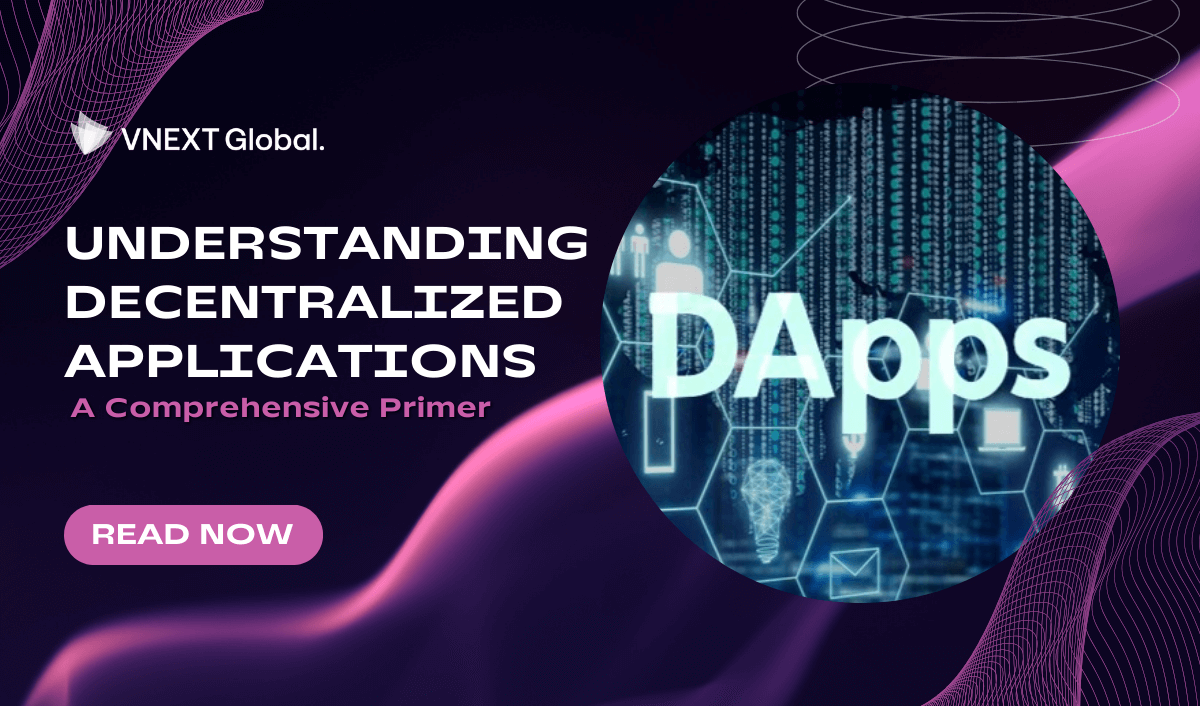Understanding Decentralized Applications: A Comprehensive Primer
Decentralized applications is a very broad concept but becoming more popular than ever. People who work in finance, technology, gaming… industry are learning about it to keep up with the development of high-technology. There are many complex introductions about it. VNEXT Global will bring you a comprehensive introduction in an easy-to-go approach right here.
1. What is decentralized applications
A decentralized application, or dApp, is a software program that runs on a blockchain or peer-to-peer network of computers instead of on a single computer. A dApp consists of two main components: a smart contract and a user interface. A smart contract is a piece of code that defines the rules and logic of the dApp, and is executed by the network nodes. A user interface is the front-end part of the dApp that allows users to interact with the smart contract through a web browser or a mobile app.
A dApp is free from the control and interference of a single authority and is open-source, meaning anyone can inspect and modify its code. A dApp also uses a cryptographic token to secure its data and records, which are stored publicly on the network.
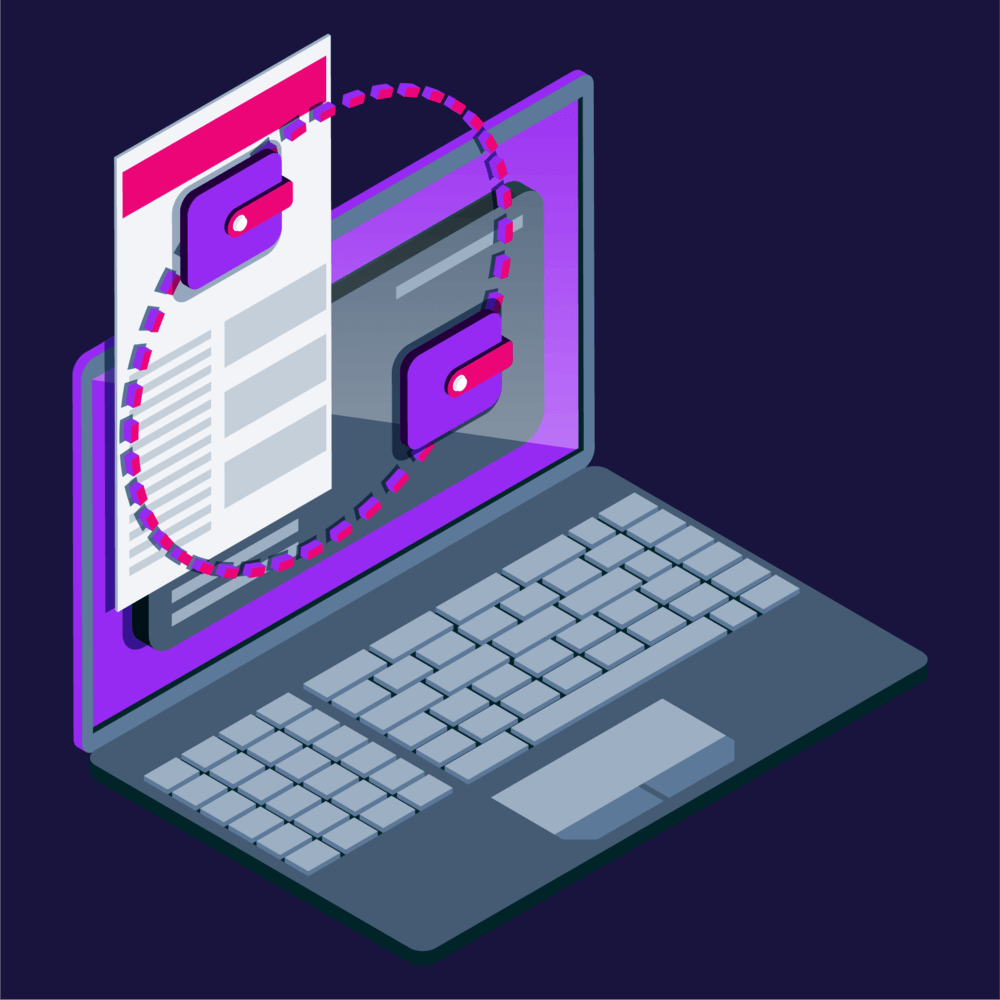
2. Practices of decentralized applications in industries
dApps can be used for various purposes and industries. Here are some examples of dApps in different industries:
• Finance: There are platforms that allow users to trade or swap crypto tokens without intermediaries or centralized authorities. One of the most popular and widely used dApps is Uniswap, which is a decentralized exchange that allows users to swap and trade ERC-20 tokens on the Ethereum blockchain. Uniswap is the fourth largest crypto exchange on the internet, with more than 150k monthly users and a $2.5 billion daily trading volume on average. There are also applications that provide decentralized financial services, such as lending, borrowing, saving, investing, or insurance. Some of the popular DeFi apps are MakerDAO, Aave, Compound, and Yearn.finance.
• Supply chain management: TRACEDonate is a platform that allows donors to track and trace their donations to the beneficiaries in real time. TRACEDonate uses blockchain technology to ensure transparency and accountability in the donation process, as well as to reduce fraud and corruption. Another example is OriginStamp, which is a service that uses blockchain to timestamp and verify any digital content, such as documents, images, videos, etc. OriginStamp can be used to prove the existence, integrity, and ownership of any digital asset.
• Identity verification: There is an essential and beneficial dApps is Civic, which is a platform that provides secure and low-cost identity verification services. Civic uses blockchain to store and protect users' identity data, such as personal information, biometrics, credentials, etc. Civic can be used to verify identity for various purposes, such as voting, banking, travel, healthcare, etc. Another example is uPort, which is a self-sovereign identity system that allows users to create and manage their own digital identities on the Ethereum blockchain. uPort can be used to access dApps, sign transactions, share data, etc.
• Gaming: These are applications that use blockchain technology to create immersive and interactive gaming experiences, often involving non-fungible tokens (NFTs) or digital collectibles. It can be named a fun and entertaining dApps that is Upland, which is a virtual property trading game that uses blockchain to create a parallel digital universe. Upland allows users to buy, sell, and trade virtual properties that are based on real-world locations. Upland uses the EOS blockchain to ensure security and fairness in the game economy. Another dApp is CryptoKitties, which is a collectible and breedable game that features unique digital cats. CryptoKitties uses the Ethereum blockchain to create and store the genetic information of each cat.
• Social media: One of the most popular and influential dApps is Steemit, which is a social media platform that rewards users for creating and curating content. Steemit uses blockchain to distribute tokens to users based on their contributions and interactions. Steemit can be used to post blogs, articles, videos, photos, etc. Another one is Audius, which is a music streaming service that allows artists to upload and share their music with fans. Audius uses blockchain to ensure censorship-resistance and fair compensation for artists.
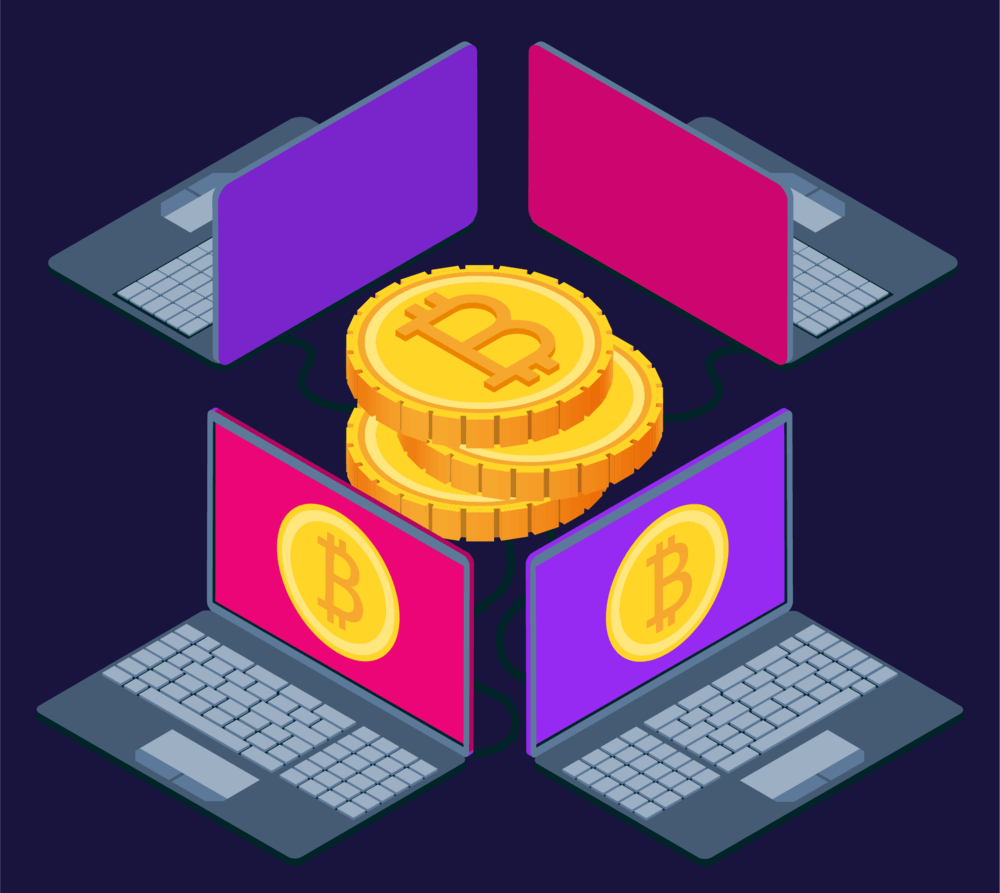
3. Benefits & Challenges of decentralized applications
Some of the benefits of dApps are:
• Resistant to censorship, downtime, and tampering, as no single entity can control or interfere with the network.
• Transparent and verifiable, as the smart contract code and the data are stored publicly on the blockchain.
• Trustless and autonomous, as the smart contract executes automatically and deterministically according to its code, without the need for intermediaries or third parties.
Some of the challenges of dApps are:
• Difficult to develop and test, as the smart contract code is immutable and irreversible once deployed on the network, and any bug or error can have serious consequences.
• Costly to run and scale, as the network nodes require fees or incentives to process and validate transactions, and the blockchain size and complexity can affect performance and efficiency.
• Subject to regulatory and legal uncertainty, as the legal status and implications of dApps vary across jurisdictions and industries, and some dApps may face ethical or social issues.
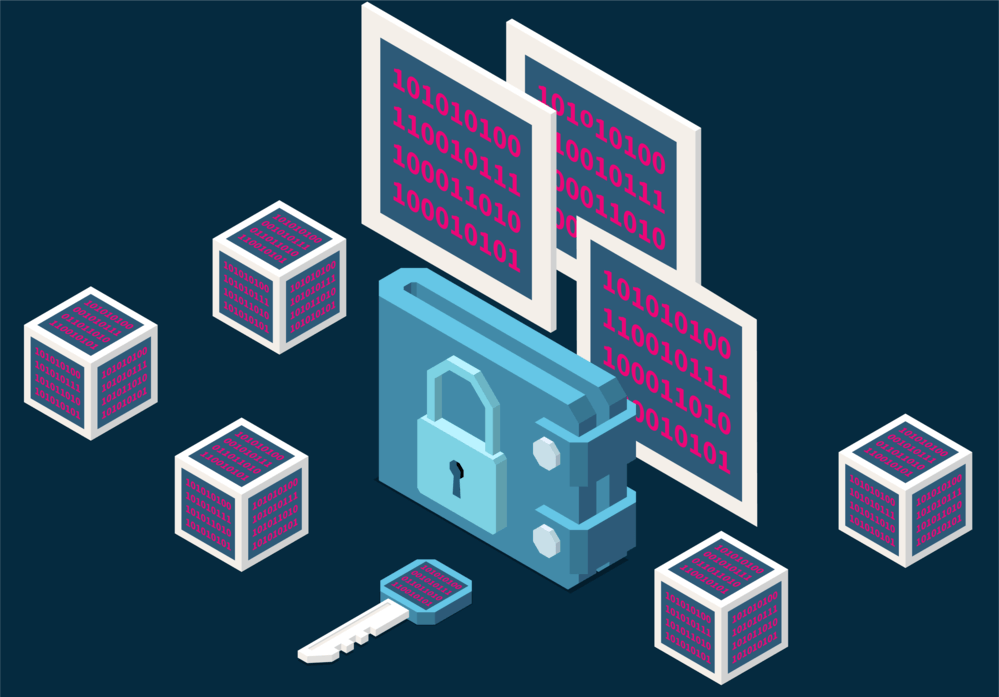
4. How to develop decentralized applications
Developing your own dApp can be a rewarding and challenging experience, but it also requires some technical skills and knowledge. Here are some general steps that you can follow to create a dApp:
• Step 1: Choose a suitable blockchain platform
You need to choose a blockchain platform that suits your needs and preferences. A blockchain platform is a network that provides the infrastructure and tools for developing and running dApps. There are many blockchain platforms available, such as Ethereum, Binance Smart Chain, Polygon, Solana, Hyperledger Fabric, Corda, etc. Each platform has its own features, advantages, and limitations that you need to consider, such as scalability, security, speed, cost, compatibility, etc. For example, some platforms, such as EOSIO and Solana, claim to offer high scalability by using different consensus mechanisms or architectures than the traditional proof-of-work or proof-of-stake models. Or, some platforms, such as Ripple and Stellar, offer high compatibility by enabling cross-border or cross-chain transactions with other networks or currencies.
• Step 2: Build a smart contract
You need to build a smart contract or a combination of smart contracts that will contain the decentralized logic of your dApp. A smart contract is a piece of code that defines the rules and functions of your dApp and is executed by the network nodes. You need to write your smart contract in a programming language that is supported by your chosen blockchain platform, such as Solidity for Ethereum or JavaScript for Solana. You also need to test your smart contract thoroughly to ensure its correctness and security.
• Step 3: Build front-end interfaces
You need to build front-end interfaces that will allow users to interact with your smart contract through a web browser or a mobile app. You can use any web or mobile development framework that you are familiar with, such as React, Angular, Flutter, etc. You also need to integrate your front-end with your blockchain platform using libraries or tools that enable communication between them, such as Web3.js for Ethereum or Solana Web3 SDK for Solana.
• Step 4: Build a centralized back-end service
You may need to create a centralized back-end service that will provide additional features or functionalities for your dApp that are not possible or efficient on the blockchain. For example, you may need a back-end service to store large files or data that are too expensive or slow to store on the blockchain, or to perform complex computations or analyses that are beyond the capabilities of the smart contract. You can use any back-end development framework that you are comfortable with, such as Node.js, Django, Flask, etc. You also need to ensure that your back-end service is secure and reliable and does not compromise the decentralization of your dApp.
• Step 5: Deploy and maintain
You need to deploy and maintain your dApp on the blockchain network and make it accessible to users. You need to register your smart contract on the network using a deployment tool or service that is compatible with your blockchain platform, such as Truffle for Ethereum or Anchor for Solana. You also need to provide users with instructions on how to use your dApp and how to obtain the cryptographic tokens that are required for interacting with it. You may also need to update or upgrade your dApp from time to time to fix bugs or add new features.
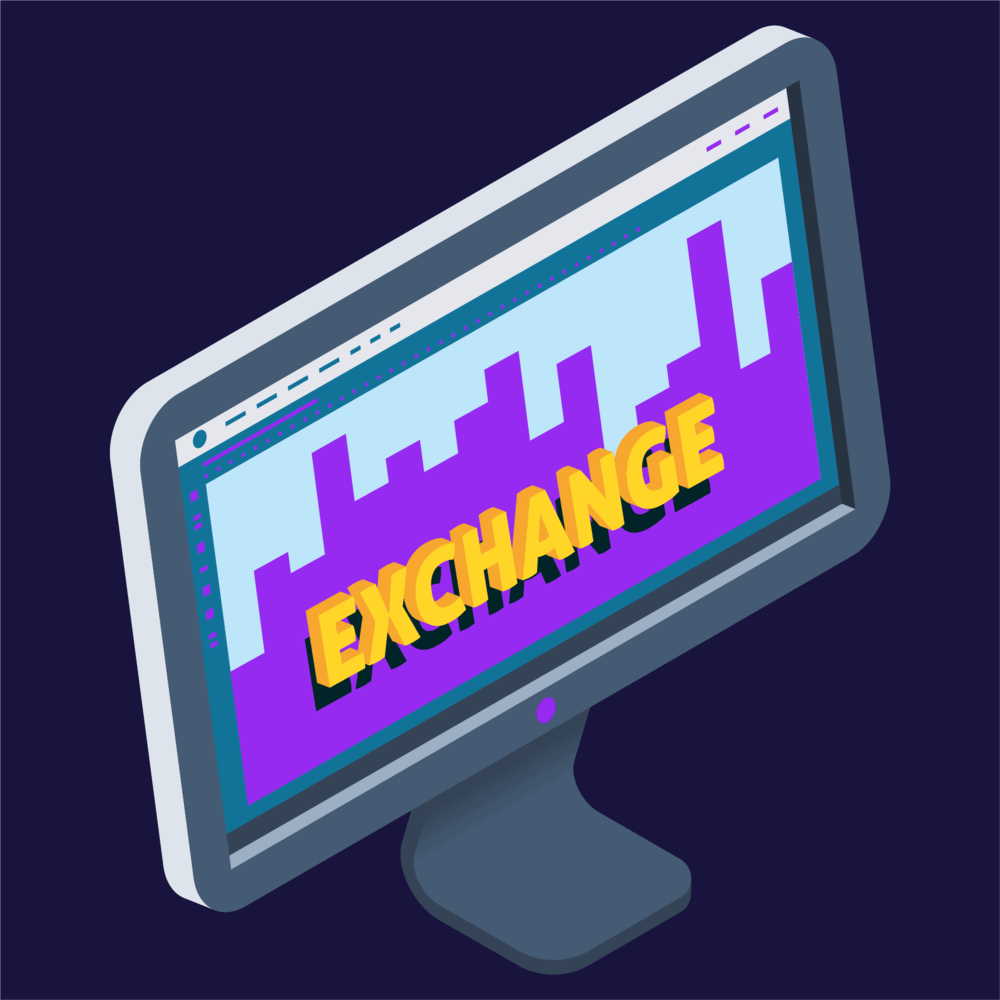
Final thought:
These are some of the basic steps that you can follow to develop your own dApp. However, keep in mind that each dApp project is unique and may require different approaches or solutions depending on its goals and requirements. Therefore, you should always do your own research and learn from other successful dApps before starting your own.
There are many more dApps that are being developed and launched every day. DApps have the potential to revolutionize various sectors and domains by providing more decentralized, democratic, and distributed solutions.
VNEXT Global offers expertise and brings in the latest technologies in blockchain and distributed ledger technology to assist you in accomplishing your specific blockchain development objectives. We develop included but not limited to NFT Marketplace, GameFi Development, E-Wallet, iGaming & Lottery Services, P2E (Play-to-Earn).
Here are our current successful case studies.
If you are looking for a trusted IT partner, VNEXT Global is the ideal choice. With 14+ years of experience, we surely can help you to optimize your business digitalization within a small budget and short time. Currently, we have 400+ IT consultants and developers in Mobile App, Web App, System Development, Blockchain Development and Testing Services. We have provided solutions to 600+ projects in several industries for clients worldwide. We are willing to become a companion on your way to success. Please tell us when is convenient for you to have an online meeting to discuss this further. Have a nice day!

